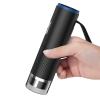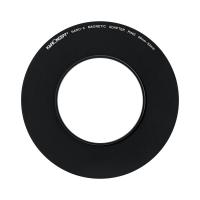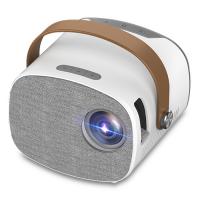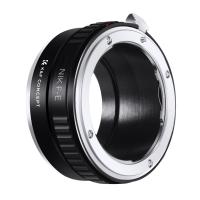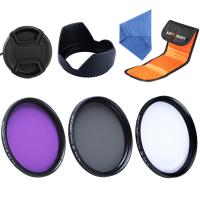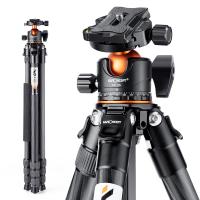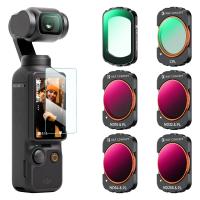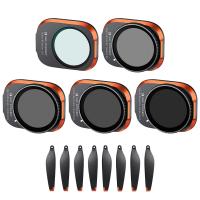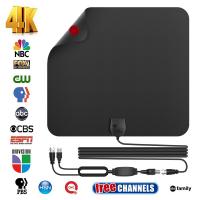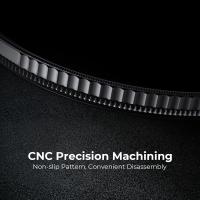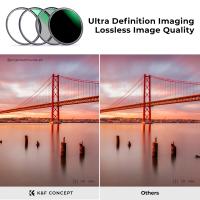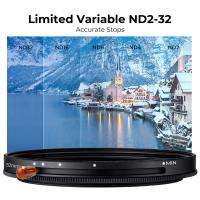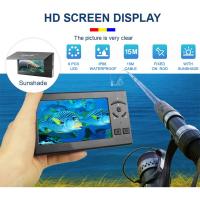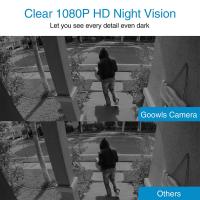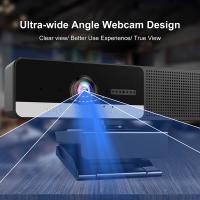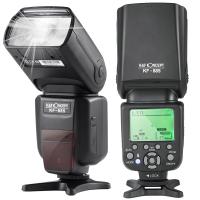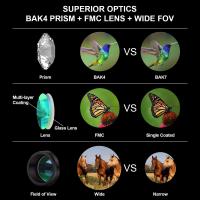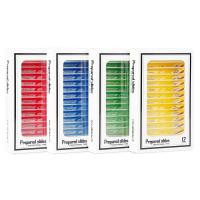What is the Best CPL Filter?
2024-07-09 10:02:49
0 Comments
As a novice photographer, are you frustrated by the fact that reflections on your windows are always interfering with your shots, or that your shots of leaves are always foggy? If this has happened to you, then it's time to get yourself the best CPL filters! This article will provide knowledge and buying advice to help you pick the best CPL filter.
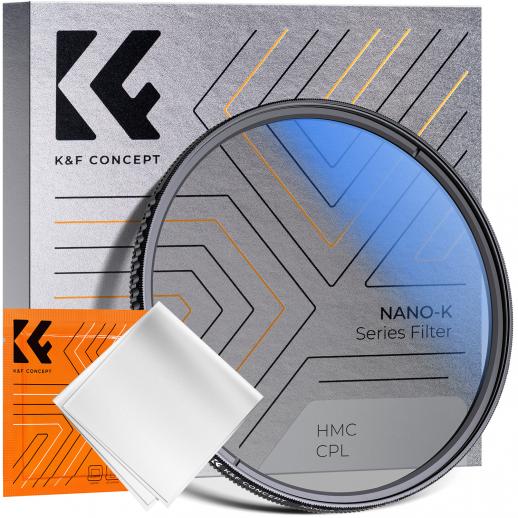
What is a cpl lens filter?
The best CPL (circular polarizer) filter is an essential tool for outdoor photography that reduces glare and reflections, boosts vibrancy and contrast, and cuts out haze in the sky. Unlike digital tools, its effects are irreplaceable, making it a valuable addition for any photographer.
Key features of the best CPL filter:
A. Filter Quality:
To choose the best CPL filter will pay attention to the optical quality of the filter, including light transmission, color reproduction ability, and imaging effect. A high quality filter can maintain the clarity and realism of the image, avoiding light loss and color deviation. Moreover, "coating" process and "polishing" process of the lens will realize the level of a high-quality filter. There are three common "coating" processes, including waterproof coating, transmission enhancement coating, anti-scratch coating.
Waterproof coating: waterproof coating is a coating with oil and water-resistant properties. The principle is to cover the surface of the lens with a skinny layer of fluoride to enhance the waterproof properties of the lens. When water droplets are encountered on the surface of the lens, they are less likely to adhere to the surface of the lens and form droplets that slide off, making the lens more durable and easier to clean.
Transmission Enhancement Coating: transmission enhancement coating reduces reflections from the surface of the best CPL filters, which allows light to penetrate the lens better and reduces the loss of light. It also reduces the occurrence of ghosting and glare, which reduces light interference.
Anti-scratch coating: anti-scratch coating is a higher hardness coating that improves the scratch resistance of CPL filters. Forming a layer of higher hardness on the surface of the lens, the anti-scratch coating provides additional protection when the surface of the lens is rubbed or scratched, minimizing the appearance of scratches and thus prolonging the life of the lens.
Double-sided polishing: double-sided polishing is a process whereby the surface of the lens is polished to a higher degree of flatness. This improves the precision of the lens and allows for high-definition images to be captured.
B. Compatibility:
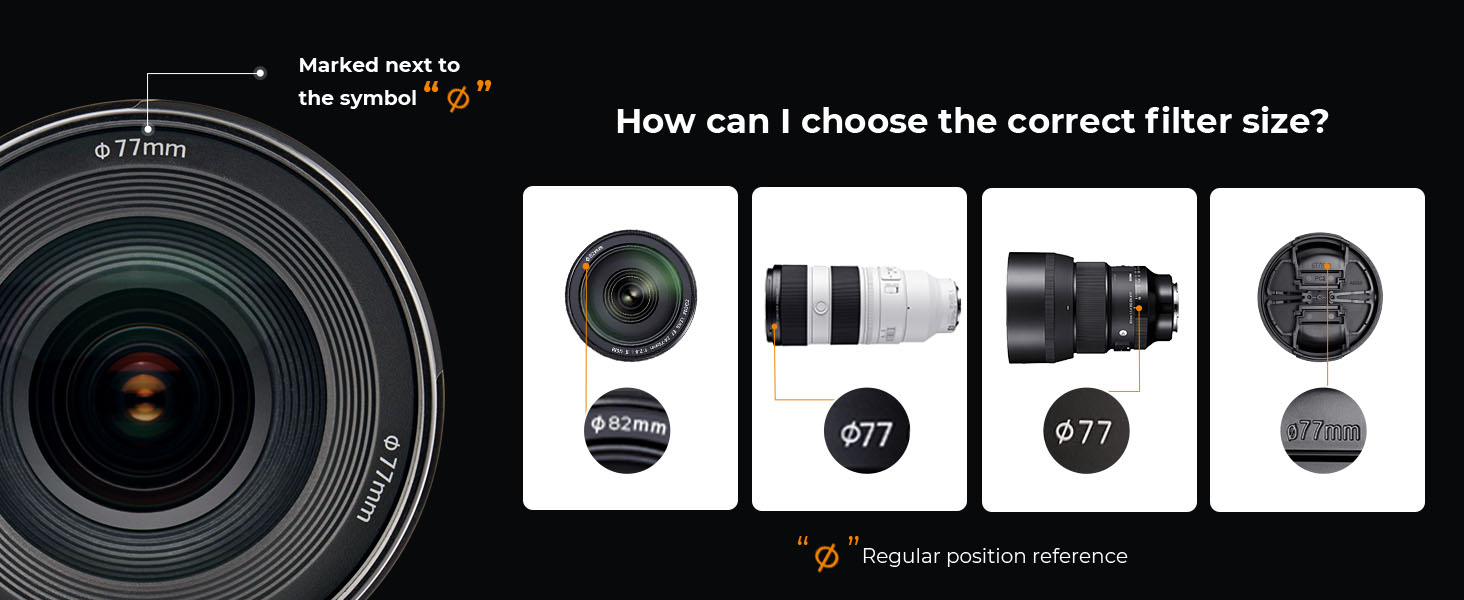
Attention should be paid to whether the size of the CPL filter fits your camera lens and whether it is compatible with other accessories such as lens hoods or other filter stacks or filter holders. To choose the correct filter size, check your lens for the diameter symbol (Ø) followed by a number, e.g., Ø58mm. Match this number to the filter size.
C: Ease of operation:
The best CPL filters that are simple to operate and easy to use will enhance a photographer's efficiency and flexibility, such as the magnetic CPL filters that are now available.
Best CPL filter recommendations:
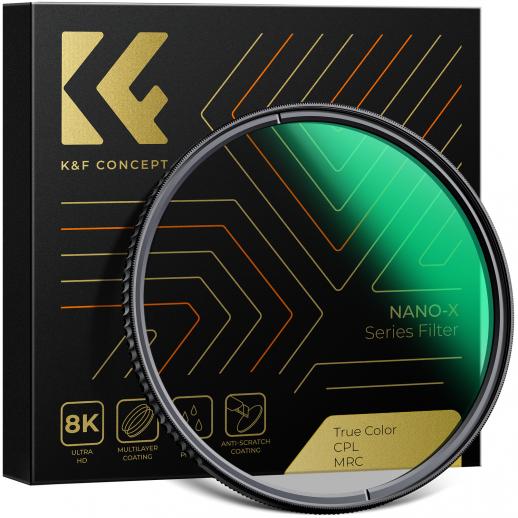
- Enhancing Color & Contrast;
- Without Partial Yellow;
- Japanese AGC Optical Glass;
- 28 Layers of Nano-coating;
- CNC Trapezoidal Frame
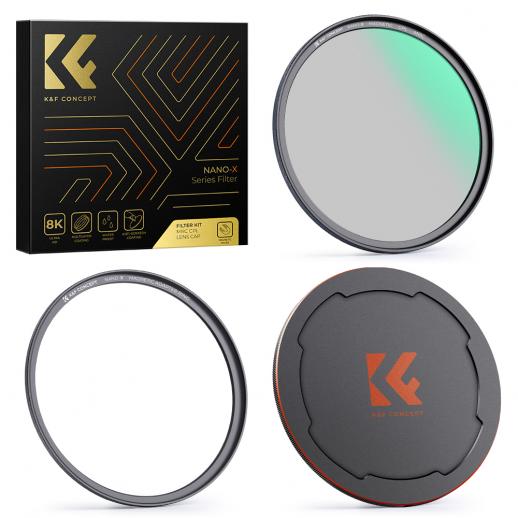
- Quick installation and removal, magnetic filter can be installed in one second;
- Ultra-thin frame design;
- "Moldproof", "Waterproof", "Anti-scratch" and "Anti-greasy". Even if it is contaminated with water droplets or oil, it can be easily removed;
- Equipped with aviation-grade aluminum alloy material magnetic lens cover, both magnetic and threaded, can be installed on the lens, two-in-one function.
When to use the best CPL filter?
- For transparent objects such as water and glass;
- For skies and haze;
- For plants;
- Used as ND Filters;
By the way, light reflected from metal surfaces is not polarized, and the use of a CPL filter is not useful, and you could explore more details in our another blog Circular Polarizer Lens Filter: Four Practical Uses.
Conclusion:
CPL filters are essential for reducing glare and enhancing colors. The two products from K&F Concept are the best choices for people who are lost in the rush for information. When it comes to photography, experimenting with the two best CPL filters can greatly your enhance your photography by increasing contrast and saturation.
Q&As:
1. CPL Filter vs. ND Filter?
A CPL (Circular Polarizer) filter reduces glare and reflections while enhancing colors and contrast. An ND (Neutral Density) filter reduces the amount of light entering the lens, allowing for slower shutter speeds or wider apertures.
2. Can I Use a CPL Filter All the Time?
No, CPL filters are not suitable for all situations as they reduce light and can affect exposure; they are best used in bright conditions with reflective surfaces.
3. Can I Use a CPL and ND Filter Together?
Yes, you can stack a CPL and an ND filter to combine the benefits of both—reducing glare and reflections while also controlling light exposure.
Leave your comment
Note: HTML is not translated!

